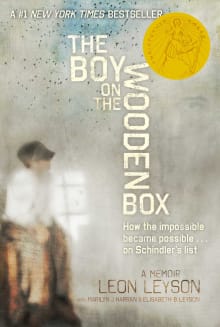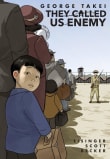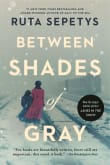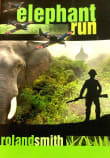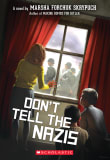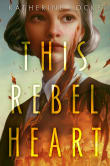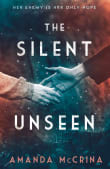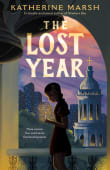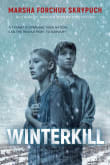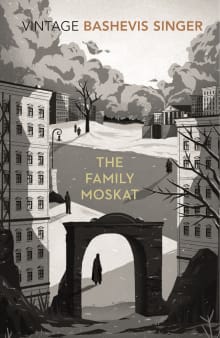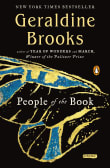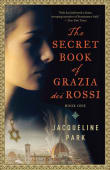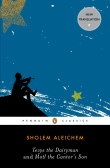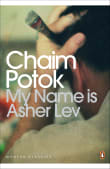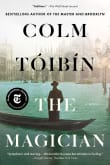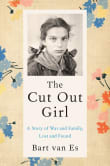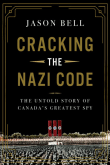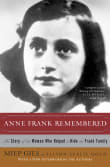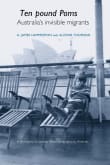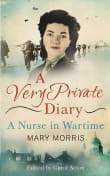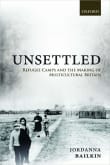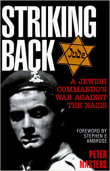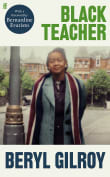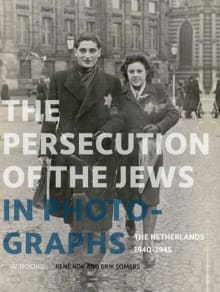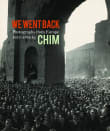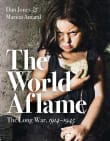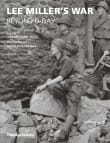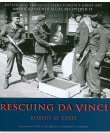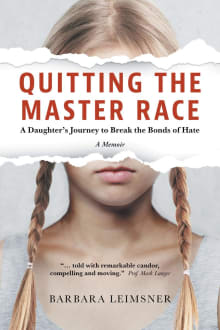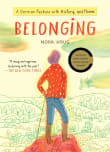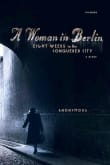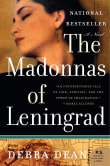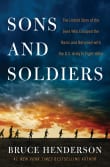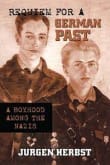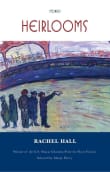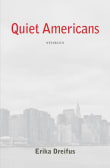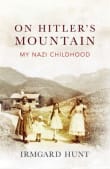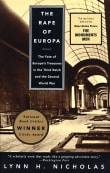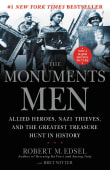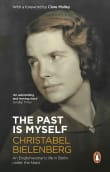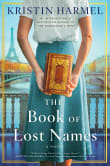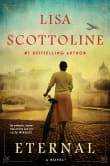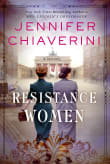Why am I passionate about this?
I’m the U.S. author of more than thirty books, many of them traditional or cozy mysteries. As the daughter and niece of several World War II veterans, I grew up hearing some of their experiences – they left out the horror. But I did see the impact those travesties had on gentle people. I often marveled at the courage of those who fought without weapons to survive the deprivation and loss of many loved ones. And I’m glad I had opportunities to visit Germany and Japan as an adult, to see the friendships our nations foster today.
Elaine's book list on World War II for teens who love a good story

Why did Elaine love this book?
As a child, Leon Leyson (originally Lieb Lejzon) and his family of observant Jews moved from rural Poland to Krakow, where they became part of the Jewish ghetto and were eventually sent to Nazi concentration camps. Cruelty and near starvation would have led to death had not Oskar Schindler added them to his employees, first at an enamelware plant and later at an armaments factory.
Lieb had to stand on a box because he was so small. As Leon Leyson, he wrote the book as an older man, long a U.S. citizen, and educator. Through a child’s eyes, the horrors of the camps seem even more surreal. Lieb lost family members, but Schindler’s pragmatism and timely bribery of Nazi officials saved Lieb and many more from the Final Solution.
2 authors picked The Boy on the Wooden Box as one of their favorite books, and they share why you should read it. This book is for kids age 9, 10, 11, and 12.
Leon Leyson (born Leib Lezjon) was only ten years old when the Nazis invaded Poland and his family was forced to relocate to the Krakow ghetto. With incredible luck, perseverance and grit, Leyson was able to survive the sadism of the Nazis, including that of the demonic Amon Goeth, commandant of Plaszow, the concentration camp outside Krakow. Ultimately, it was the generosity and cunning of one man, a man named Oskar Schindler, who saved Leon Leyson's life, and the lives of his mother, his father, and two of his four siblings, by adding their names to his list of workers…
